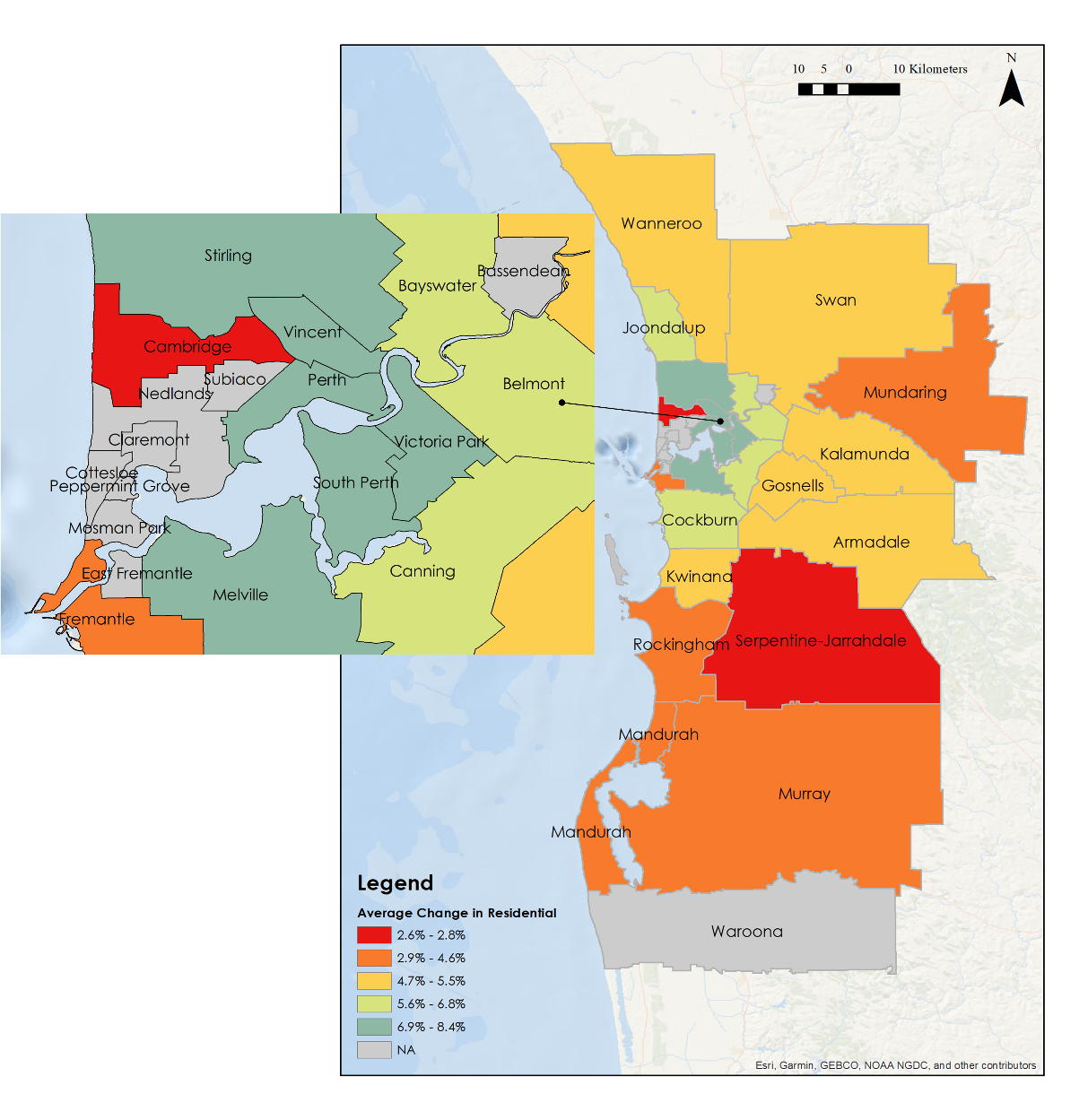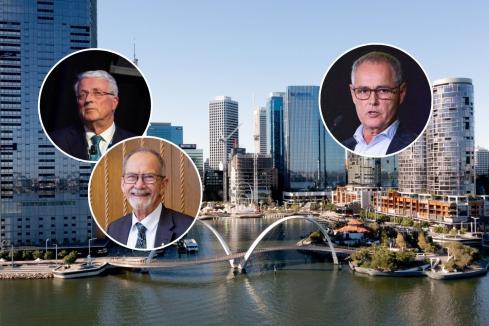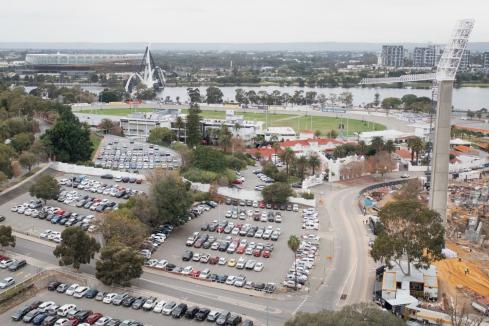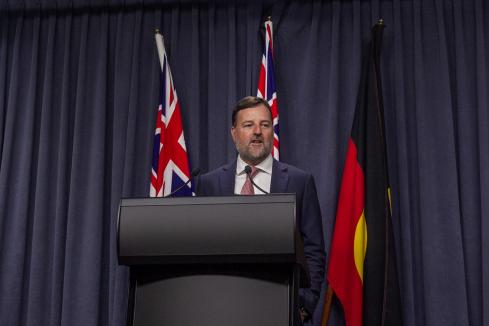

There is not a single person across the nation that hasn’t been impacted in some way by the COVID-19 pandemic. As Western Australia’s leading independent think tank, our latest FACTBase research analyses the data to better understand the effects of the pandemic on Greater Perth and Western Australia.
What the research found is that being in Australia’s most westerly State has been advantageous. The evidence shows that the impacts have been less severe to both our daily lives, as well as the employment landscape in WA, in comparison to what people have experienced elsewhere in the country, particularly by those in Victoria.
Why? Firstly, the isolation of our State and strict border controls meant fewer cases and a long period of no community-based transmission than the more populous States. Secondly, WA’s specialisation in mining and resources has had a cushioning effect on the economy.
With a relatively buoyant economy, WA’s unemployment rate in March 2021 was 4.8%, above that of the best performer, the Australian Capital Territory, at 3.4%, and in front of the worst performer - South Australia at 6.3%. Workers with low or very low education attainment levels, young people between 15 to 29 years of age, people who work for smaller firms and men have been most impacted by job losses.
To get a clear picture of the impact on employment by gender, we analysed the Australian Bureau of Statistics (ABS) figures which show that males have been more impacted by changes in wages than females, reporting a negative impact of -2.7% nationally and -4.6% in Western Australia, in comparison with the women’s positive change of 1.5% and 0.6% respectively.
WA and Greater Perth historically import talent to fill skill gaps. Analysing intrastate and interstate migration patterns, we have found a significant uptick in the September 2020 quarter, at which point there was a positive migration from other States for the first time in years. This is likely to have been driven by mining and other companies relocating eastern states workers to WA due to ongoing border closures and restrictions.
Much has been reported about the decanting of the population from capital cities to regional capitals as a direct result of COVID-19 restrictions and lockdowns. Sydney recorded the highest number of resident losses in the September 2020 quarter of 7,782 closely followed by Melbourne at 7,445 people. The only capitals to experience an increase were Darwin, Perth and Brisbane.
However, overall Australian capital cities are suffering from a loss of workers and visitors, this includes Perth.
COVID-19 accelerated the uptake of working from home, public transport demand has declined and slowly recovered, but it’s not yet back to pre-COVID levels. The map below illustrates the average growth and decline in work mobility from March 2020 to February 2021 using Google data. It clearly shows a significant reduction in activity in Perth City Centre, as well in the inner-urban areas. The beneficiaries of people working from home rather than the office have been the outer suburbs where higher levels of activity have been recorded.

Source: Google (2021). Note: N/A means data not available for that local authority area
The pandemic leaves in its wake a level of disruption on people, businesses, infrastructure and workplaces, along with cities and their suburbs. The impacts have been less profound in Greater Perth and WA than elsewhere, yet they have been keenly felt.
We are now trying to understand what the new normal is. However, a return to business as usual is unlikely given the profound nature of the havoc that COVID-19 has brought.














